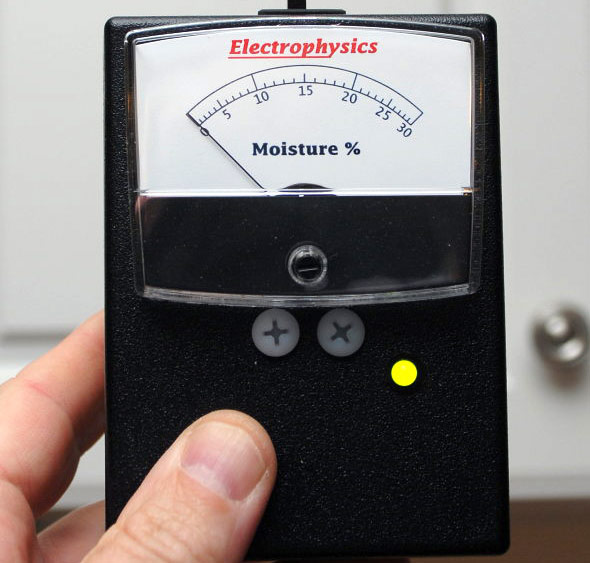Hi there- I'm currently looking into purchasing a 1983 O'Day 39. The boat is in apparently great condition- some minor cosmetic issues, but otherwise in very nice condition with no signs of intrusion (within the cabin), lots of recent upgrades/repairs, and was very well cared for being used for ASA courses over the past decade. I have a survey from last year done for insurance purposes as well as pre-purchase survey completed this week- and while a few other minor issues have been found (that will be fixed by seller) there is one that keeps coming up- moisture/delamination in a number of locations on the deck/ in the cockpit, including at the chainplates. The owner rebedded the deck hardware a few years ago, and it seems like that is a good start to mitigating the issues, but I'm having trouble finding a straight answer on the internet as to how severe of a concern this issue is. I understand that fixing the issue is something that could cost as much as the boat is worth- or more- but I can't find an answer as to whether this is an immediate safety issue, or this is something that could be addressed at some point down the road. It seems to be that most boats built before this century have this issue to some extent, and I'd love any advice/info as to how much of a concern (safety and resale-wise) this issue is.
I appreciate all of the help!
Thanks!
I appreciate all of the help!
Thanks!



